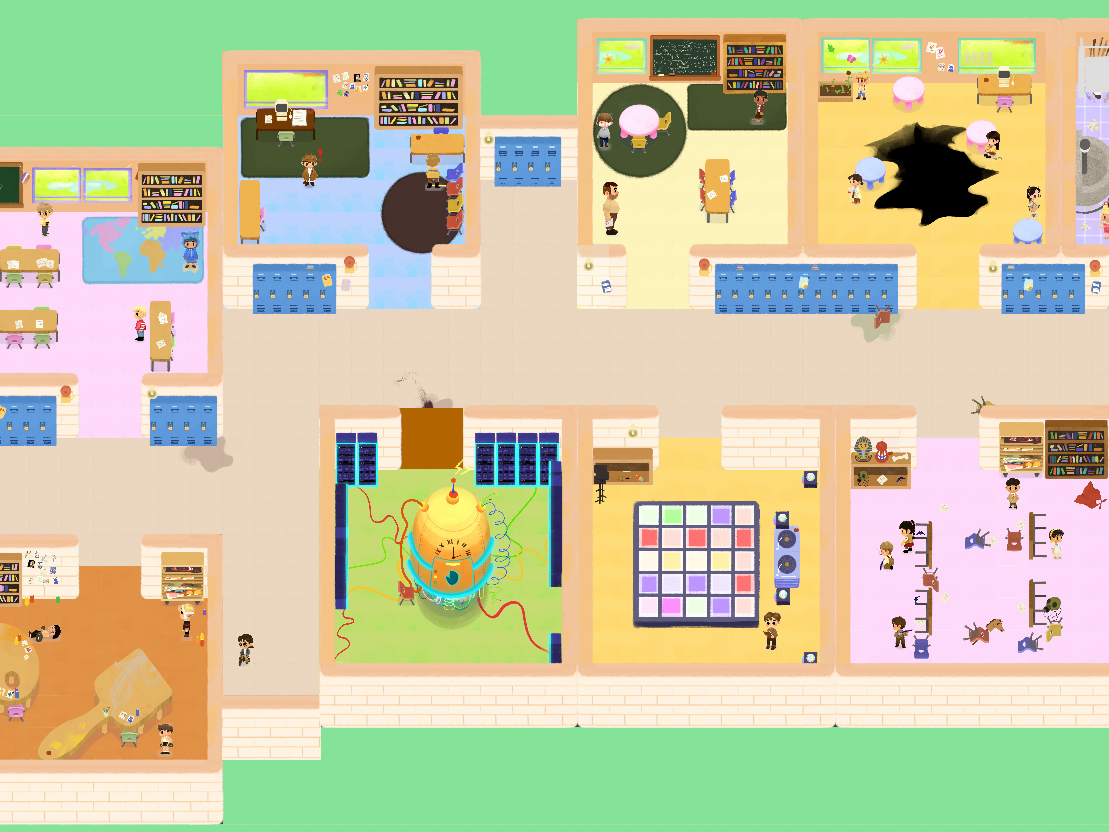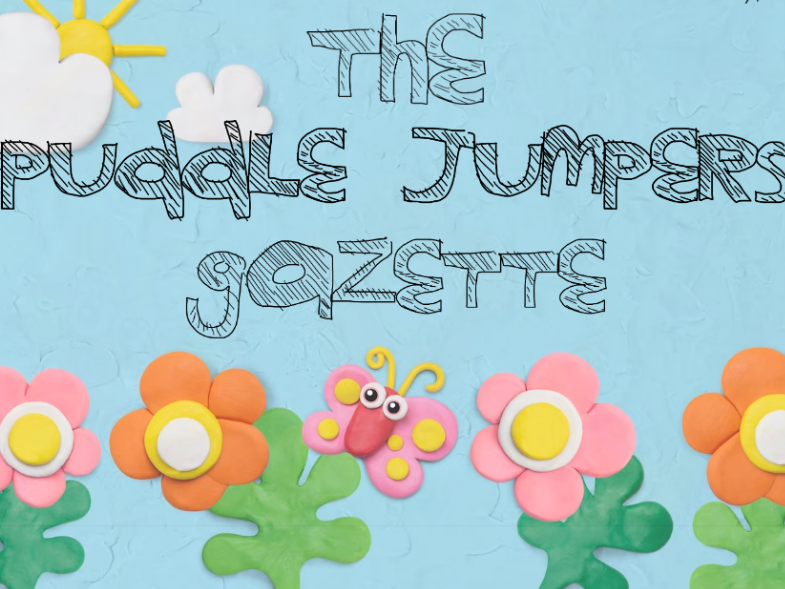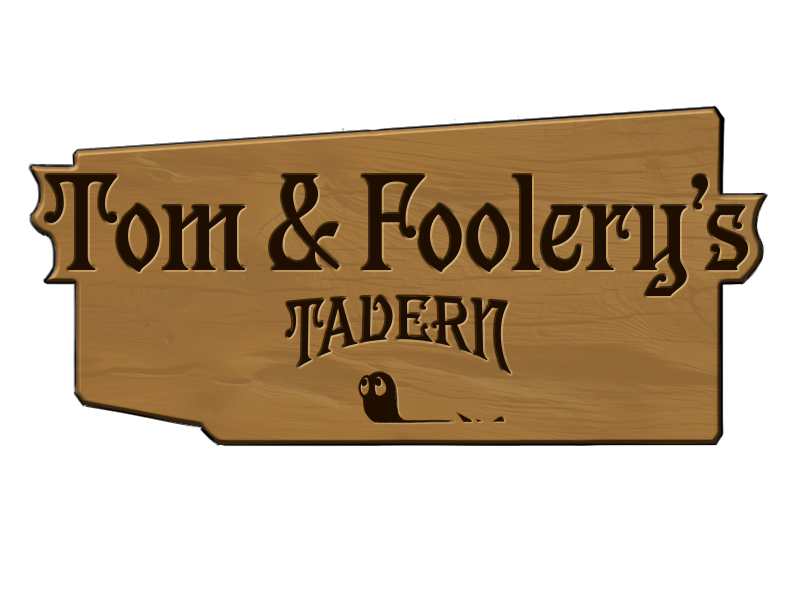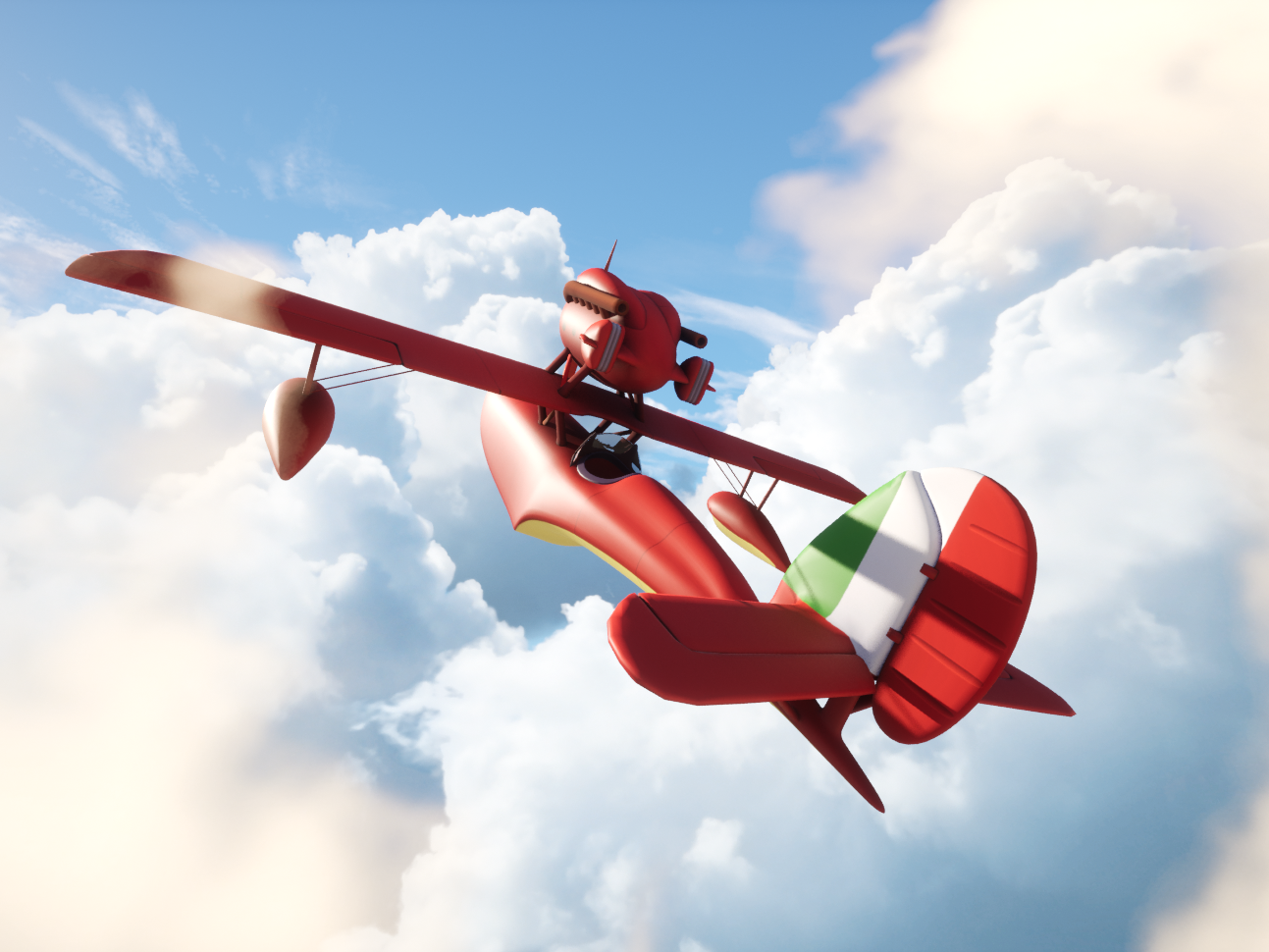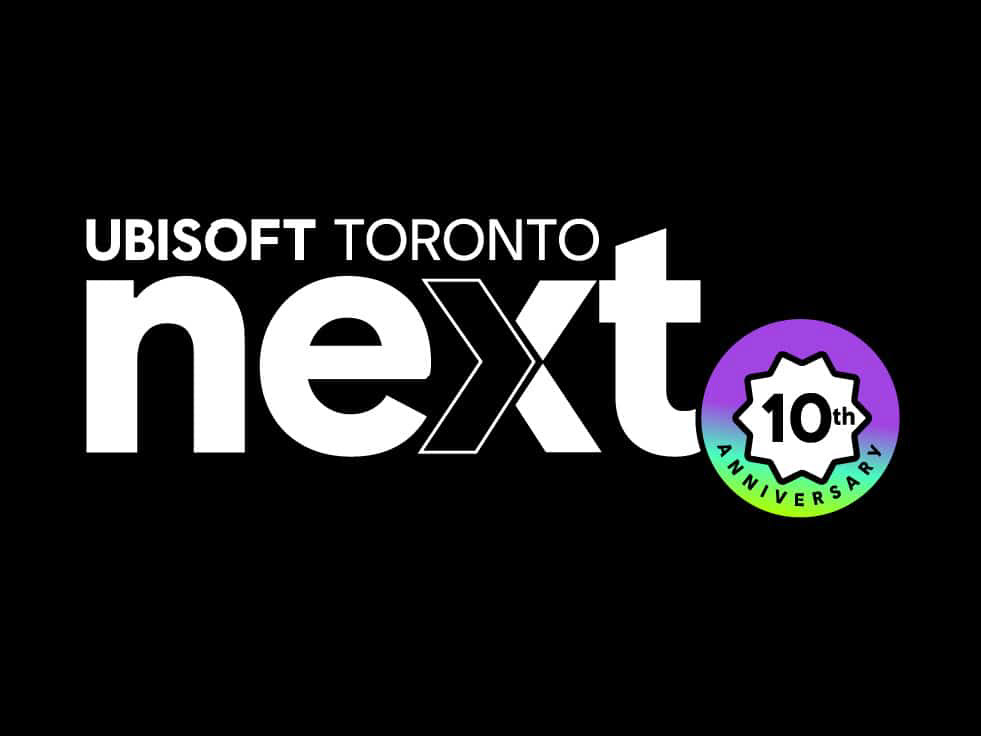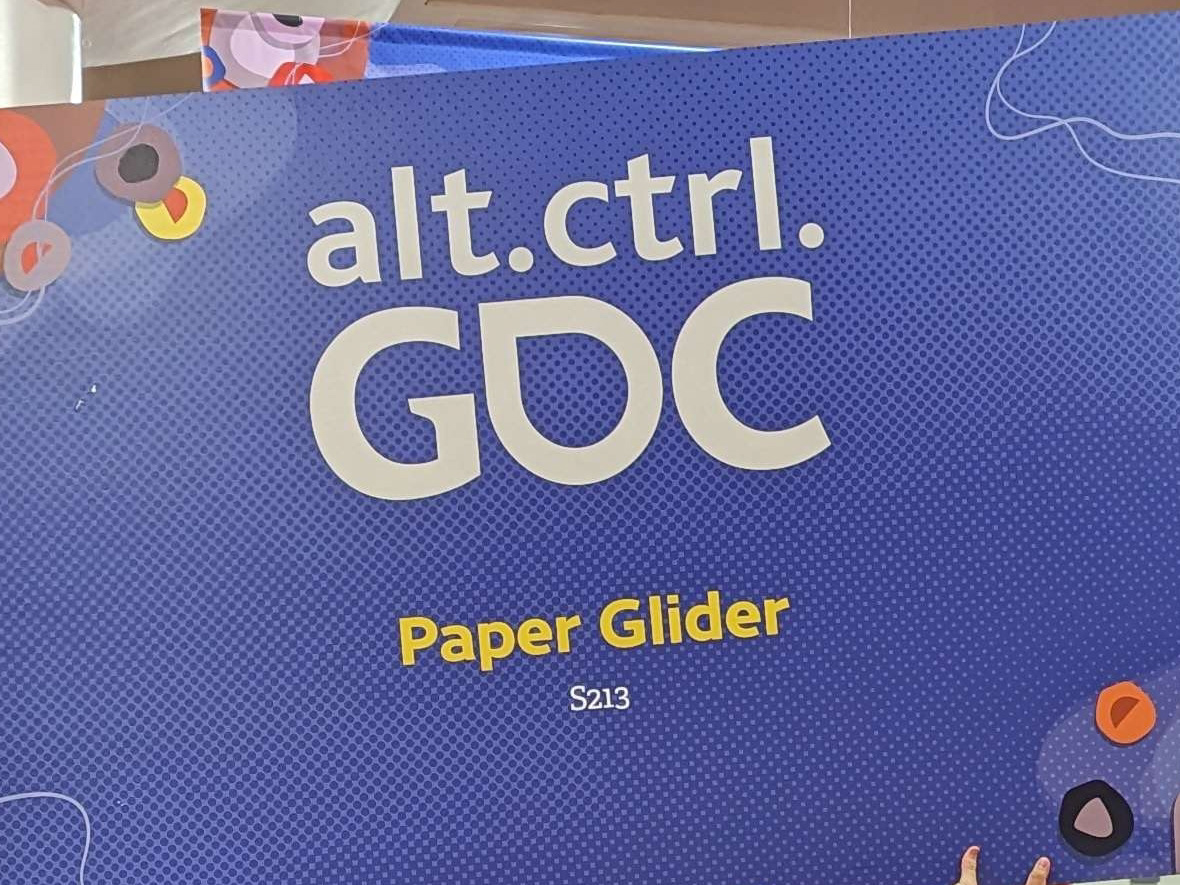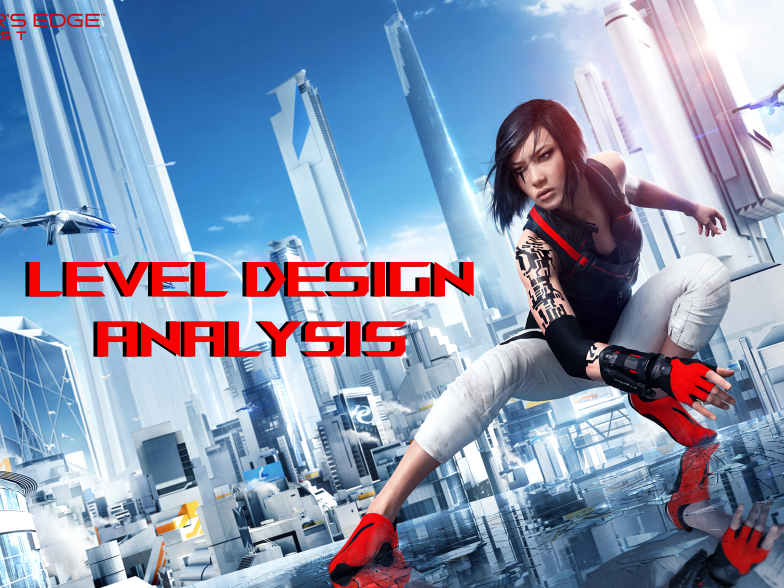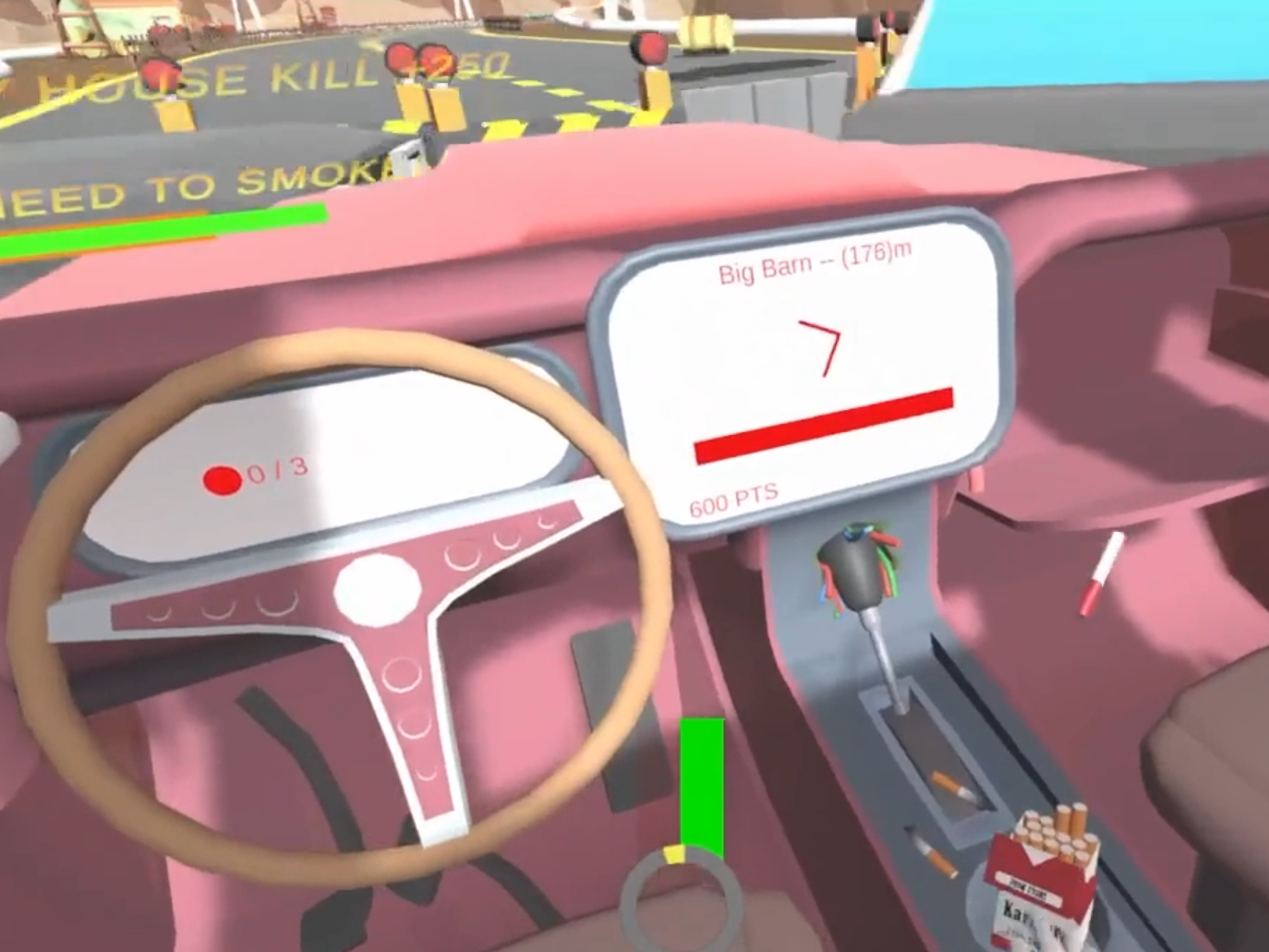Beach Buffet was apart of a week-long design challenge where our 5 member team were tasked with making a short and polished "Microgame".
Primary Roles: Game Designer, Project Manager, 3D Generalist
Tools: Unity, Blender, Microsoft Suite
Duration: 5 Days
This short design video introduces the game and highlights three key design principles we identified after analyzing several "Microgames." These principles shaped the development of our project:
1. Outlandish and Insane:
Microgames work best by embracing absurdity. Their brief nature allows for creative freedom, allowing designers to craft bizarre, humorous, and mostly stupid scenarios without worrying about complex narratives. This unpredictability grabs players' attention and keeps the gameplay exciting and fresh, with each game delivering a distinct, often wild experience.
2. Intense Time Constraints:
Microgames are usually played in 30 seconds or less, creating a fast-paced and intense experience. The limited time forces players to make quick decisions and actions, in turn boosting adrenaline and engagement. With only a moment to understand the goal and act on it, players are immersed in a dynamic, reflex-driven challenge that makes every second count.
3. Simplicity and Accessibility:
Microgames are designed to be instantly understood, requiring minimal controls or instructions aside from a simple cartoonish animatic. This simplicity makes them accessible to players of all skill levels, with just a few buttons or inputs needed to participate. The emphasis on easy pick-up-and-play mechanics ensures quick comprehension making the games ideal for casual and fast-paced fun.
Video of Beach Buffet being played on arcade cabinet.
We had incorporate single and multiplayer to allow for anybody who plays the arcade cabinet to enjoy. Regardless of whether or not they had people to play with.
3D Assets + Texture Art
I had made several props and textures for the game. This included the individual stages of the sand castle being eaten as well as the background environment props.
Sand Texture Issue:
During the implementation of the sandcastle 3D models over our placeholder assets, we encountered a challenge with the textures. The sandcastle texture didn't blend seamlessly with the ground sand texture, leaving a visible seam between the two. To fix this quickly and sneakily, we developed a gradient texture that transitions from the sandcastle texture to transparent. This allowed the sandcastle to blend naturally with the sand beneath it. If you look closely in the videos, you’ll notice the entire base of the sandcastle is slightly transparent, letting the underlying sand show through.
Key Takeaways
- I learned to maximize limited time by emphasizing the core appeal of microgames—absurdity and humor—while keeping the design fun and straightforward.
- I learned that clear communication and prioritization are key to meeting deadlines while maintaining quality.
- I improved my ability to quickly create quality 3D assets and learned to balance speed with attention to detail while iterating under pressure.
- I learned to quickly troubleshoot and adapt to unexpected challenges, reinforcing the importance of flexibility and finding practical solutions without delaying the project.

